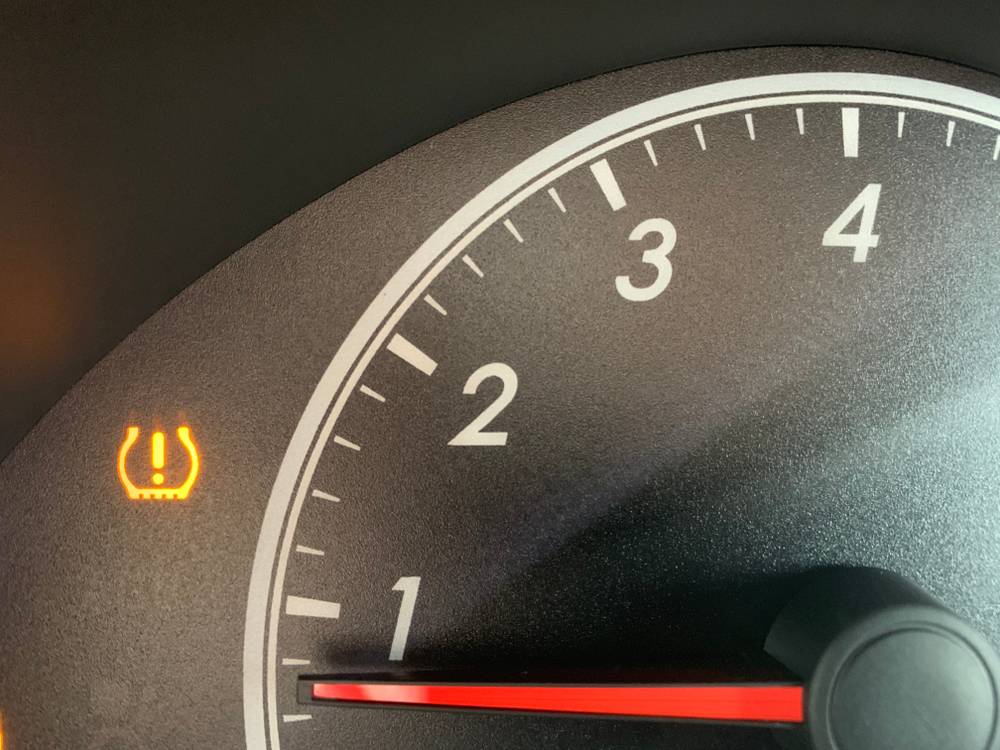
Your vehicle’s tire pressure is more important than you might think. It affects everything from fuel efficiency to handling and even tire lifespan. But how much air should you put in your tires? Let’s break it down.
Why Proper Tire Pressure Matters
Maintaining the correct tire pressure ensures:
- Safety – Underinflated or overinflated tires can lead to poor handling and increased risk of blowouts.
- Fuel Efficiency – Properly inflated tires reduce rolling resistance, helping you save on gas.
- Tire Longevity – Incorrect pressure can lead to uneven wear, shortening your tire’s lifespan.
How to Find the Correct Tire Pressure
The recommended tire pressure for your vehicle isn’t a one-size-fits-all number. Here’s where to find it:
- Driver’s Side Door Jamb – Most cars have a sticker inside the driver’s door with the recommended PSI (pounds per square inch) for front and rear tires.
- Owner’s Manual – If you can’t find the sticker, the manual will have the correct PSI listed.
- Tire Sidewall? – The number on your tire’s sidewall is the maximum PSI, not the recommended pressure. Always follow the manufacturer’s recommendation instead.
General Tire Pressure Guidelines
- Passenger Cars – Typically between 30-35 PSI
- SUVs & Light Trucks – Usually around 35-40 PSI
- Heavy-Duty Trucks – May require up to 80 PSI, depending on the load
- Motorcycles – Typically 28-40 PSI, varying by model
How Temperature Affects Tire Pressure
Temperature plays a significant role in tire pressure. As the temperature drops, so does the pressure in your tires. A general rule of thumb is that tire pressure decreases by about 1 PSI for every 10-degree Fahrenheit drop in temperature. Conversely, hot weather can cause tire pressure to increase, leading to overinflation if not monitored. Checking and adjusting your tire pressure regularly, especially during seasonal changes, helps maintain optimal performance and safety.
How to Check and Fill Your Tires
- Use a Tire Pressure Gauge – Digital or analog, a good gauge ensures accuracy.
- Check When Tires Are Cold – Pressure readings can be inaccurate if the tires are warm.
- Adjust as Needed – Use an air compressor to add air or release excess air if overinflated.
- Recheck After Filling – Ensure each tire matches the recommended PSI.
How Often Should You Check Tire Pressure?
Experts recommend checking your tire pressure at least once a month and before long trips. Temperature changes can also affect pressure, so be mindful of seasonal shifts.
Signs of Incorrect Tire Pressure
- Underinflation: Reduced fuel economy, sluggish handling, uneven tread wear
- Overinflation: Rough ride, decreased traction, center tread wear
Final Thoughts
Keeping your tires at the correct pressure is a simple yet crucial part of vehicle maintenance. A few minutes each month can save you money, improve safety, and enhance your driving experience. So, grab a tire gauge and check your PSI today!
Need new tires or a pressure check? Visit your local tire shop for expert assistance.
